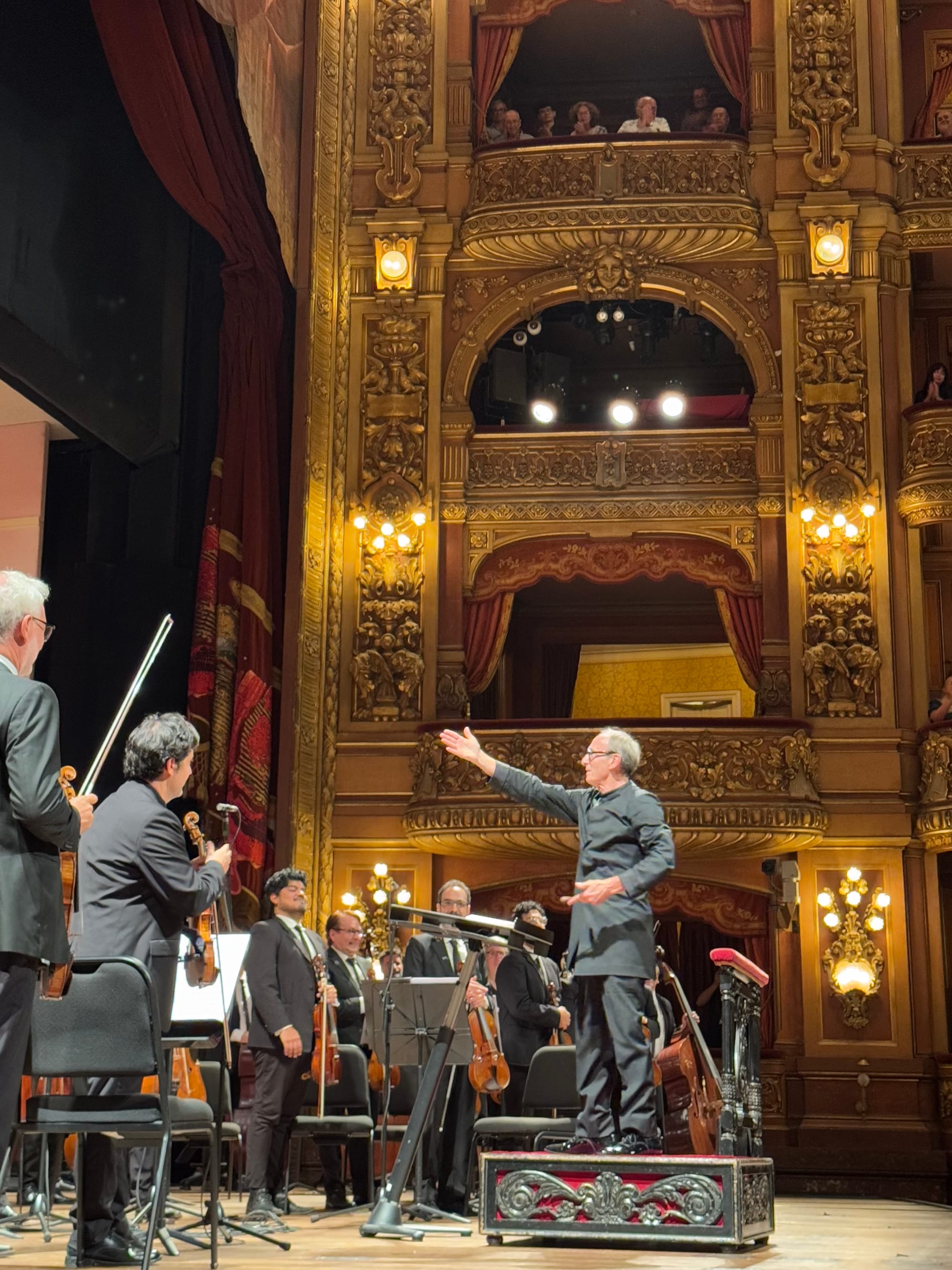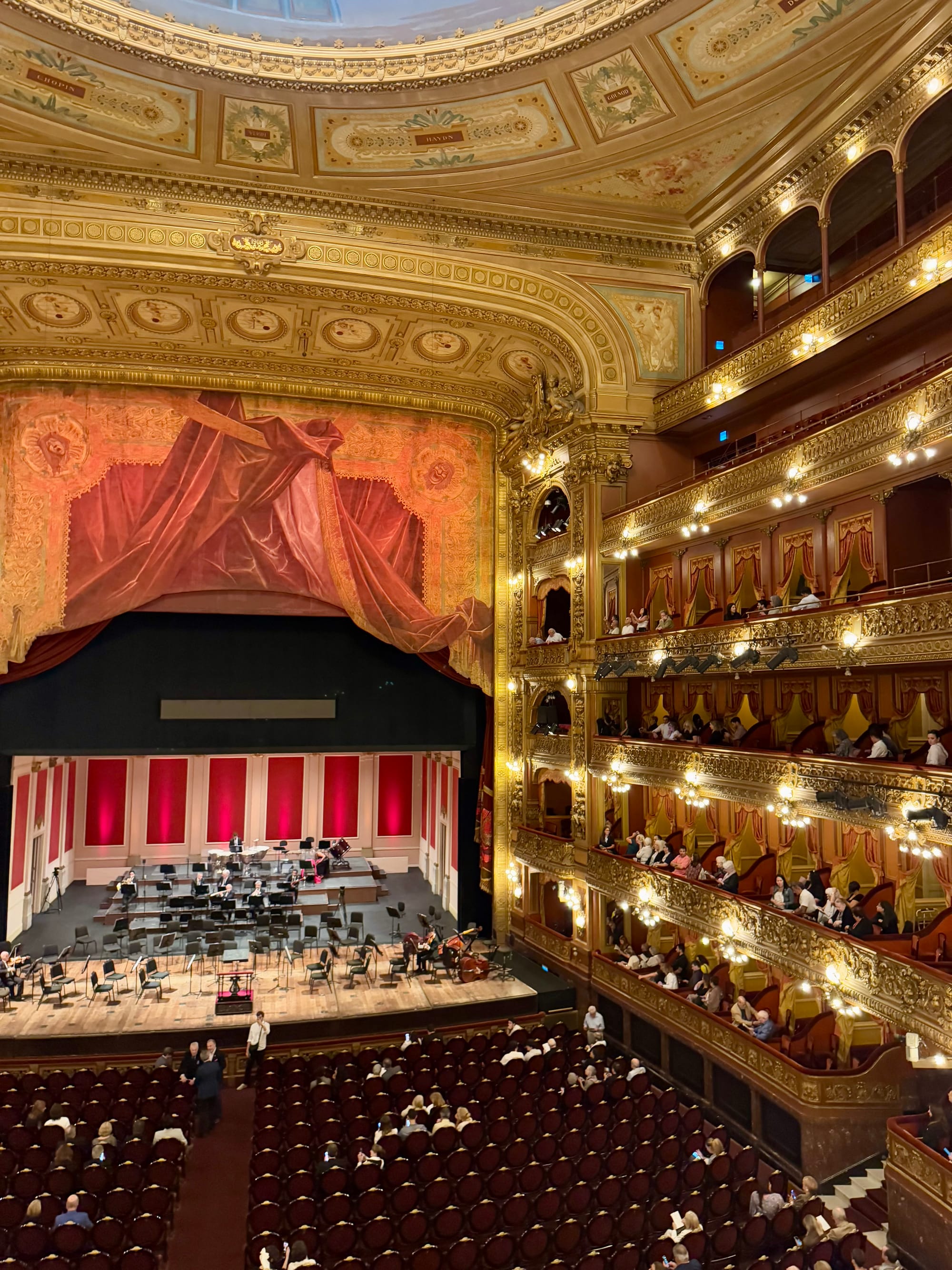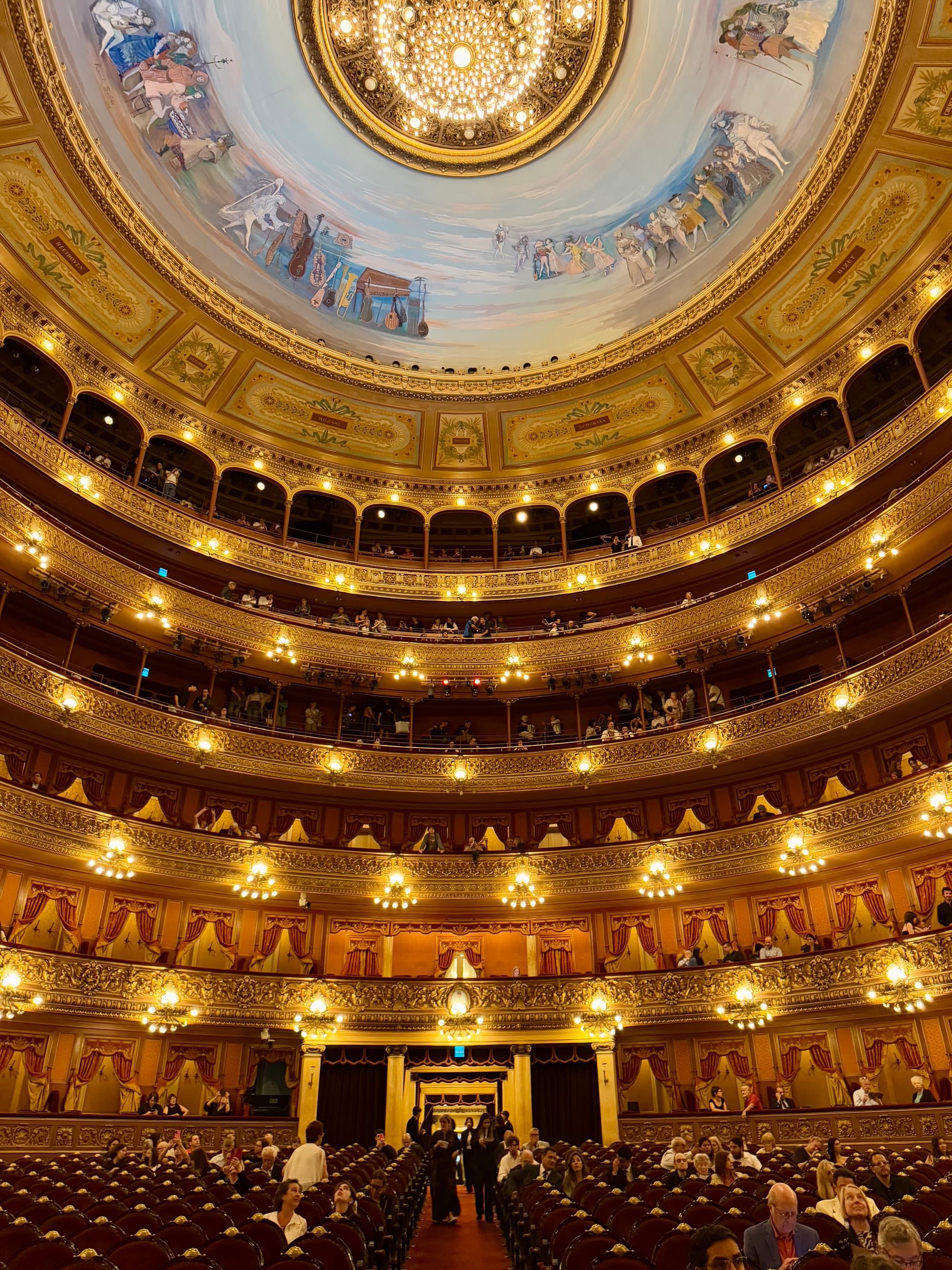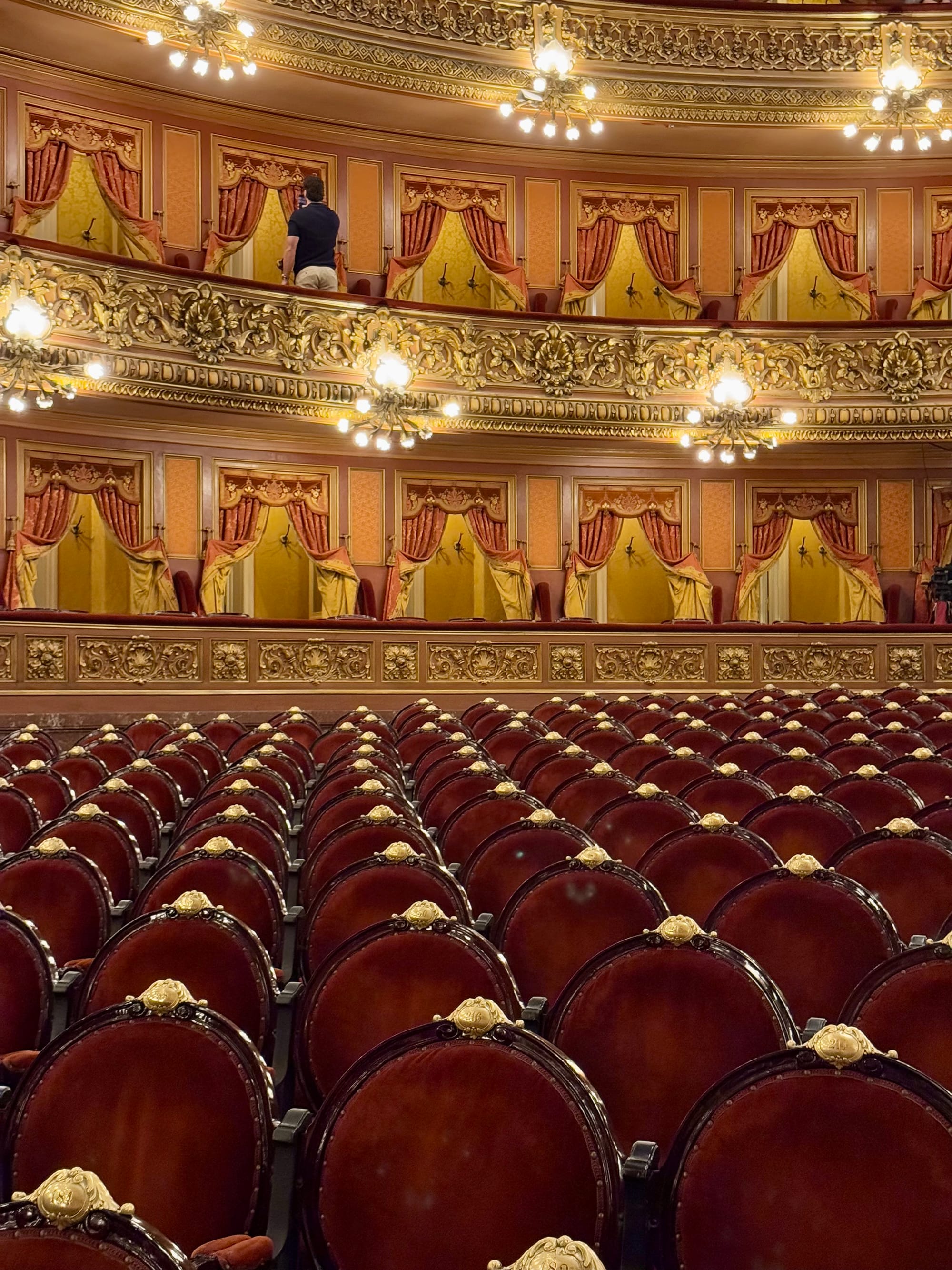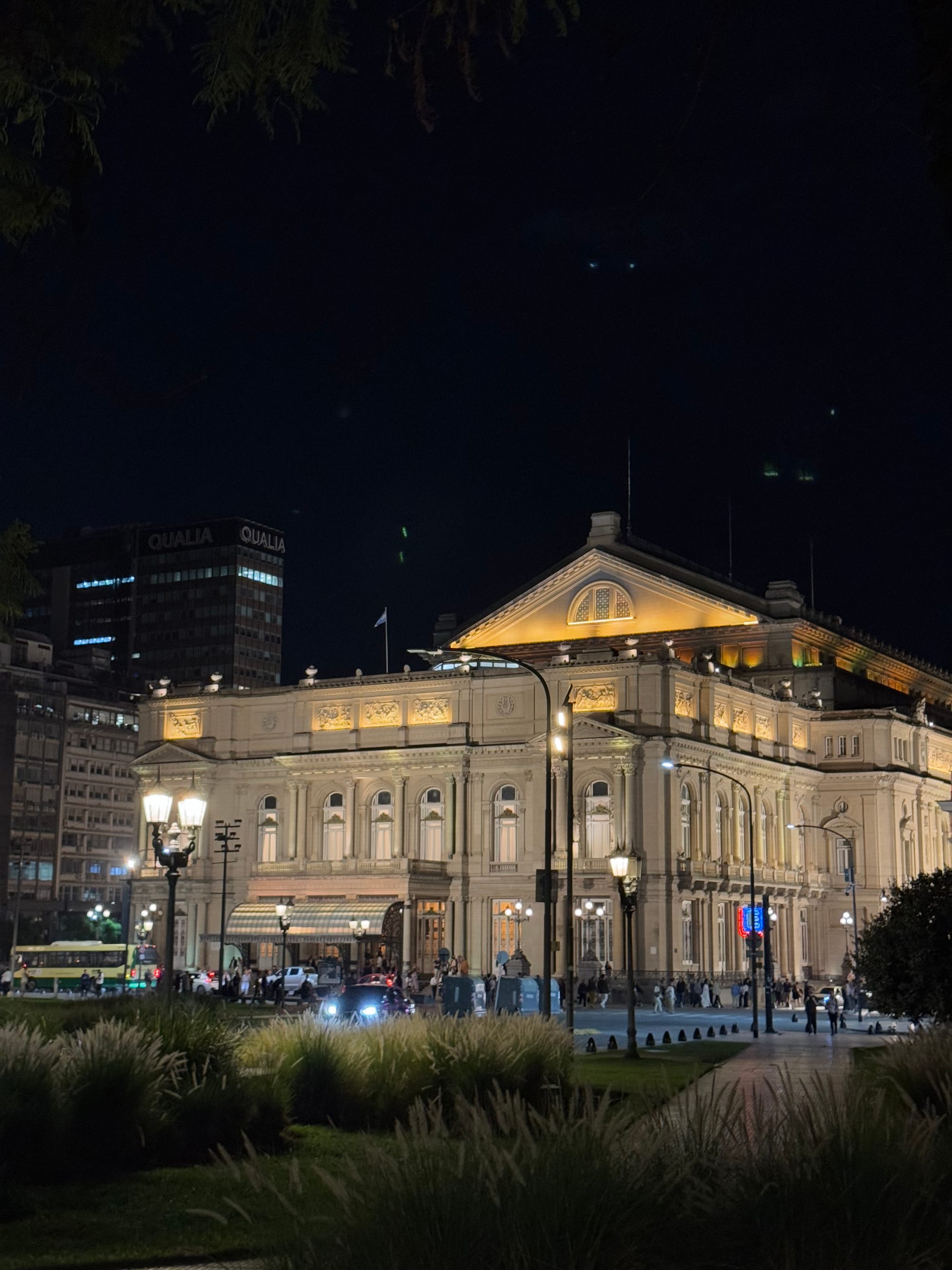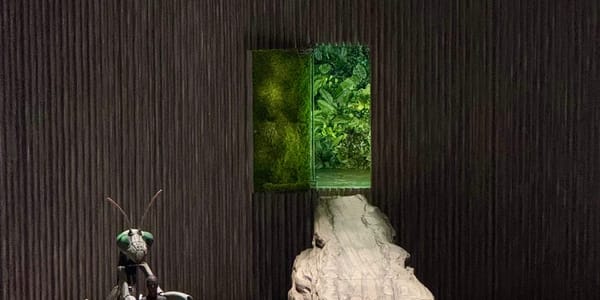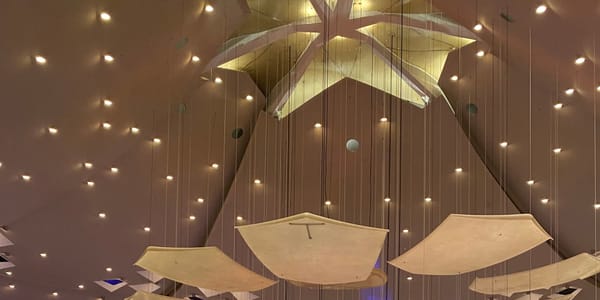Centennial concert of the Teatro Colón Orchestra
12,000 kilometers from Europe’s symphonic capitals, the Colón is completely at home in this repertoire, with an entire hall of people tapping along to Schubert, Beethoven, and Strauss with unrestrained delight.
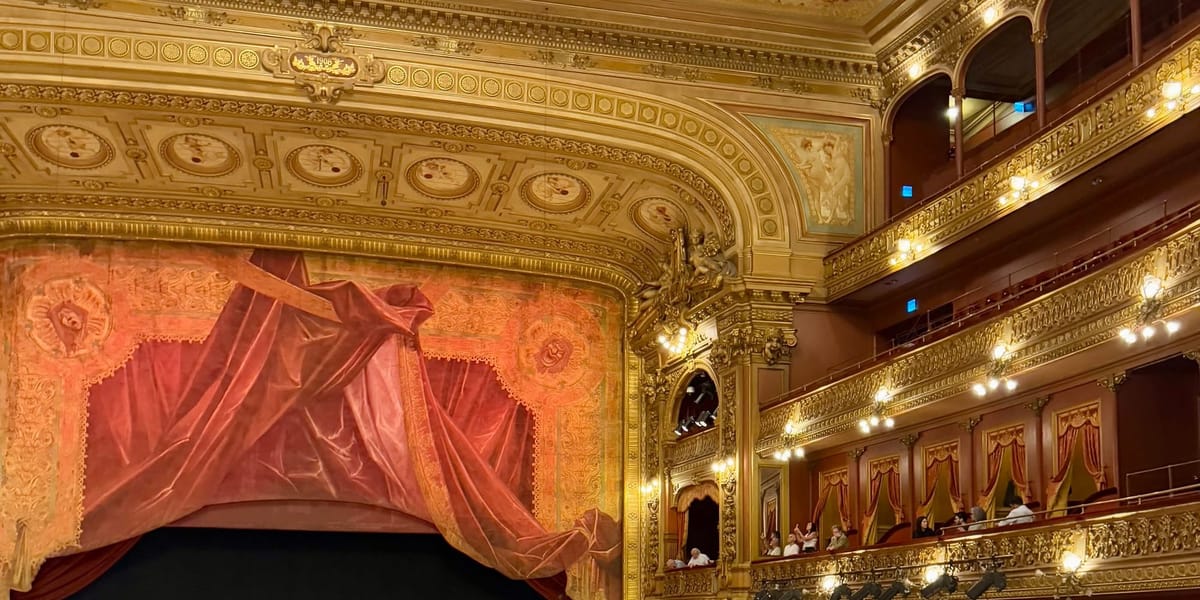
⭐️⭐️⭐️/4
🎻 Evelino Pidò, Orquesta Estable del Teatro Colón
🎶 Schubert, Beethoven, Strauss
🏛️ Teatro Colón, Buenos Aires
🗓️ 18.02.2025
A night at the Teatro Colón is never just a concert—it’s an event, a performance in every sense, and last night’s centennial celebration of its permanent orchestra was no exception. Founded in 1925, the orchestra quickly established itself as one of Latin America’s leading ensembles, and its anniversary was met with the kind of enthusiasm that defines the city’s deep love for music.
In the opera world, the Teatro Colón is an institution. Its reputation spread far beyond Argentina in the early 20th century, securing its status as a major opera house where the most popular works of the time were staged. The theater still takes pride in its historical role as the first house to stage AIDA outside of Italy (and Egypt)—a tradition it will honor again in 2025 by opening the season with that very opera.
The theater itself is breathtaking. Few opera houses in the world radiate elegance and extravagance in quite the same way. The grand façade facing Plaza Lavalle is stunning, though interestingly, it’s the rear of the building which now faces Buenos Aires’ equally iconic and enormous Avenida 9 de Julio, since the avenue did not exist when the theater was built. Inside, the auditorium is a gilded marvel, its craftsmanship and splendor leaving visitors visibly awestruck. With a staggering 3,500-person capacity (2,500 seated, 1,000 standing), it nearly doubles the size of the Deutsche Oper, still Berlin’s largest opera house by far.
Yet beyond the grandeur, what stood out most was the audience itself. 12,000 kilometers from Europe’s symphonic capitals, the Colón is completely at home in this repertoire, with an entire hall of people tapping along to Schubert, Beethoven, and Strauss with unrestrained delight. The real kicker was a surprise Radetzky March at the end of the concert—a peak moment of enthusiasm for the crowd, orchestra and conductor. Argentinians, known for their passionate celebrations (as seen in World Cup victories) and their applause-happy nature (as heard on every airplane landing), brought this same spirit to the concert hall: clapping after every movement was not only tolerated here but entirely expected—a fact that conductor Evelino Pidò seemed well aware of, allowing the audience and orchestra ample space for something that would drive German concertgoers mad (though admittedly, I have also experienced intra-movement applause at the Philharmonie).
Attending a symphonic concert at the Colón was, in many ways, the most “European” experience I had in Buenos Aires—a testament to the city’s 20th-century ambition to position itself alongside Paris, London, and Berlin as a cultural capital. A century later, that ambition is still vibrantly alive, resonating through every note played in this magnificent hall.

